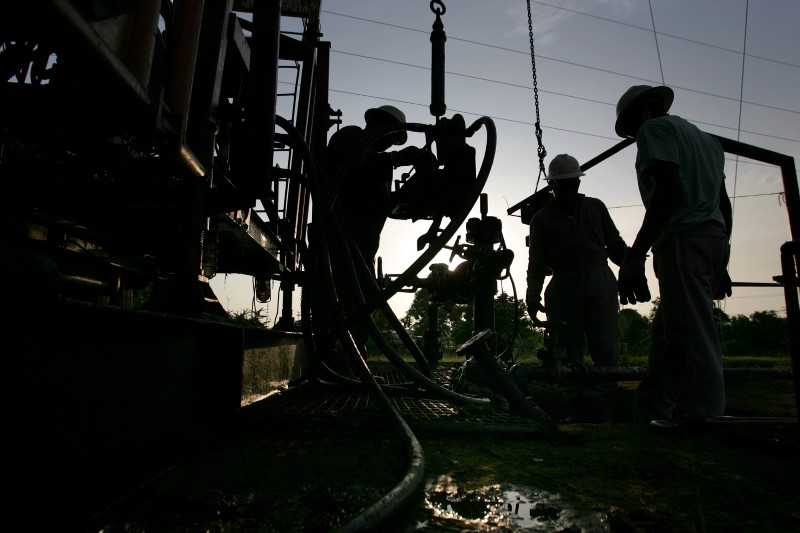By Arathy Somasekhar
HOUSTON (Reuters) – Crude oil prices above $90 a barrel in the United States stirred worries that inflation could rise further in an economy where the Federal Reserve has already hiked interest rates steeply to control rising prices.
Higher oil prices are a burden on global economies, raising costs for transportation and manufacturing while pressuring consumer spending. President Joe Biden’s administration last week polled oil refiners about operating plans, a sign of concern about gasoline prices and fuel supplies.
U.S. West Texas Intermediate crude (WTI) for October delivery rose 1.9% on Thursday to settle at $90.16, the first close above $90 since Nov. 2022, as traders bet oil supplies would remain tight for the rest of the year.
“The rally in crude will eventually be met with demand destruction,” said Dennis Kissler, senior vice president of trading at BOK Financial. “I’m just not sure if that will be $90 oil or $100 oil that tips the scale.”
Oil prices could reach $100 per barrel by the end of the year, some market participants predict. International futures settled at $93.70 a barrel on Thursday, their highest this year. [O/R]
More expensive oil prices are pinching drivers at the pump. U.S. consumer inflation in August increased by the most in 14 months on high fuel costs. Gasoline accounted for more than half of the increase in the Consumer Price Index.
OPEC OUTPUT CUTS
Oil supplies are tightening with top OPEC+ producers Saudi Arabia and Russia extending 1.3 million barrel per day output cuts through year-end. production has also flattened in recent months on a 17% drop in drilling rigs in the last 52 weeks.
Traders are bidding up near-term supplies, a factor likely to reduce U.S. oil inventories as refiners run plants at high levels to meet strong demand for gasoline and diesel.
WTI futures for October delivery traded as much as $9.15 a barrel above crude to be delivered in October 2024. That was the highest premium since November 2022.
Higher prices in the near term prompt traders to sell oil immediately rather than store it.
“There is absolutely no incentive to store oil in a tank,” said John Kilduff, partner at New York-based hedge fund manager Again Capital.
The U.S. consumer and China’s energy demands remain a wild card for oil pricing. U.S. demand has remained strong even as fuel prices rise. China has boosted liquidity to support the country’s economic recovery.
Read the full article here










